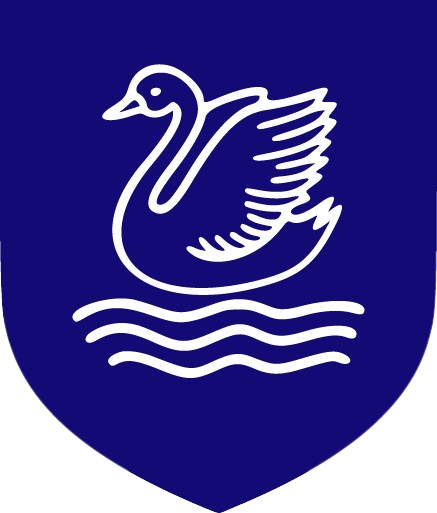Active 60
All children and young people take part in at least 60 minutes of physical activity everyday!
To meet the Chief Medical Officers’ guidance on physical activity, schools, parents and the sport sector must work together to ensure that children and young people have access to at least 60 minutes of physical activity every day. As set out in the Childhood Obesity Plan, at least 30 minutes should take place in schools, and the remaining 30 outside the school day.
The Benefits of Physical Activity:
Physical activity has many health benefits. It can help children maintain a healthy weight and build healthy bones, muscles, and joints. It also puts them on the path to a healthier lifestyle, which is important, considering that active children are more likely to become active and healthy adults. Compared with those who are not active, physically active youth have higher levels of aerobic fitness, stronger muscles, and stronger bones.
In addition to the health benefits, physical activity has a strong impact on academic performance and social skills.
Research shows that 60 minutes or more of daily physical activity can help children in the following ways:
- Improved test scores, grades, and time management skills
- Boosted concentration, memory and classroom behavior
- Increased self-confidence and self-esteem
- Strengthened social and cooperative skills, such as teamwork and problem solving
- Reduced anxiety and stress
Studies show that physically active students score higher on standardised tests and have better grades, particularly in Maths, English and reading. Playtime and classroom activity breaks show positive association with indicators of cognitive skills, attitudes, and academic behaviour and achievement.1When children are active their blood flow increases, improving memory and concentration, which are essential in the classroom, and hormones are released that can improve their mood and reduce anxiety and stress.
